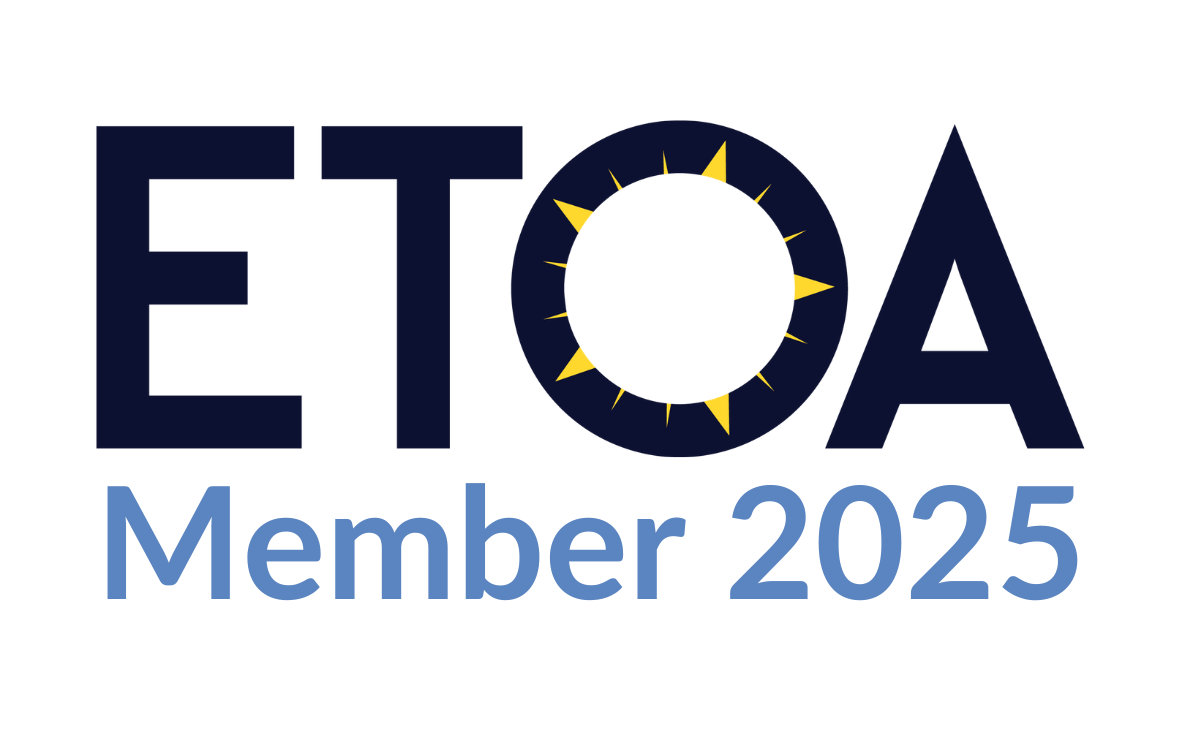Southern Transylvania – scenic landscape and living Saxon heritage
Southern Transylvania – scenic landscape and living Saxon heritage
“The landscape presents remarkable historical characteristics: fortified churches, authentic villages and varied traditional agriculture in equilibrium a wealth of wild flora and fauna. This type of countryside has been lost almost everywhere else in Europe.
(…)Transylvania is an agricultural treasure because it combines a wealth of wild fauna with the natural foods and quality produce of the local area. I believe that a place such as Transylvania could be an example for the whole world for the provision of ecological and healthy products.”
Prince Charles, Prince of Wales
Romania’s significant German (Saxon) heritage is obvious in Southern Transylvania, home to hundreds of well-preserved Saxon towns and villages. Saxons came to Transylvania during the mid 1100s from the Rhine and Moselle Rivers regions. Highly respected for their skill and talent the Saxons succeeded in gaining administrative autonomy, almost unmatched in the entire feudal Europe of absolute monarchies. The result of almost nine centuries of existence of the Saxon (German) community in Southern Transylvania is a cultural and architectural heritage, unique in Europe. Transylvania is home to hundreds of towns and fortified churches built between the 13th and 15th centuries by Saxons.
This region, where they have lived for more then 800 years represents one of Europe’s last medieval landscapes, with probably the most extensive flower-rich grasslands remaining in lowland Europe, essentially unchanged for hundreds of years, in which low intensity agriculture coexists with an abundance of flora and fauna. The landscape still presents a medieval land-use pattern –forested ridges and riverbed, pasture and hay meadows on gentler slopes and terraces, arable land with smaller meadows on the flat valley bottoms near villages. This idyllic painting is completed by an astonishing diversity of wildflowers, and the continent’s richest large carnivore population of bears, wolves and lynxes.
Despite living in a country where the majority of the population consisted of ethnic Hungarians or Romanians, the Transylvanian Saxons were able to preserve their language and their customs intact throughout the centuries. Their formidable ethnic solidarity is vividly illustrated by their settlements, which remained resistant to external influences.
The towns of Sibiu, Sighisoara and Brasov form a triangle containing the greatest concentration of fortified churches in all of Europe, seven of them being inscribed in UNESCO list.
Saxons brought the habit of planned settlements in Transylvania. Their widespread and small villages had homesteads lined up on two rows along one street or square.
Although they have been inhabited, and, therefore, have evolved under the impact of the specific social and economic mutations, the density of the buildings that have a real ethnographic, historic and artistic value give the measure not only of the formal authenticity, but also of the historic substance and the architectural outlook.
Over the last centuries, the villages have preserved almost unaltered the original topographical structure of the site (street network, plot system). The design of these sites – regular street network, with compact fronts alternating the façades and the high surrounding walls, located close to the church placed in the middle – contributes to the definition of the cultural pattern of Transylvania.
The big settlements like Sibiu, Sighisoara or Brasov represents some of Europe’s best preserved medieval towns.
Sibiu offers the traveler an unforgettable trip through space – its narrow streets, communicating courtyards, stone pavements – and time – in a medieval workshop-town, with hundreds of internal regulations. The Old town is divided into two parts: the Upper Town, home to most of Sibiu’s historic sites and several squares, then the Lower Town, lined with colorful houses on cobblestone streets and bounded by imposing city walls and defense towers. The Great Square had been once the place where fairs, festivities, trials and executions used to be held and where the town’s rich men lived. Worth to mention is also the Little Square, a former trade market – all buildings comprised here having arched columns at the ground floor, then the Huet Square with the majestic Evangelical Lutheran Cathedral (1520) in the middle of it. The cultural and artistic life from Sibiu was very vivid during the Middle Age, the first theater (1788) from Romania and the first museum from Central East Europe (Bruckenthal – 1817) being built here.
Another UNESCO World Heritage, Sighisoara represents the last European medieval citadel that is still inhabited. Although the region was inhabited since ancient time, the beauty of this medieval site comes from the Saxon settlers. The attractions include the Clock Tower (city landmark, 1556), the house were Vlad Tepes (Dracula) was born, the Church on the Hill (1520) with its 500 years old frescoes, the Church of the Dominican Monastery, known for its Transylvanian Renaissance carved altarpiece, baroque painted pulpit, Oriental carpets and 17th century organ.
Placed in the SE corner of Transylvania at the Carpathian foothills, Brasov provides a mix of mountain scenery with medieval history and architecture. The old town is a combination of Gothic, Baroque and Renaissance, among the most attractive buildings mentioned here being the Council Square with the former Town Hall (1420), the St. Nicholas Church (1495) or the Black Church (1383-1477) – the largest Gothic church east of Vienna and the most important Lutheran Saxon’s place of worship from Brasov.
Travel offers for Southern Transylvania – scenic landscape and living Saxon heritage




.png)




